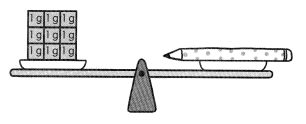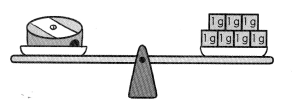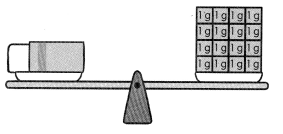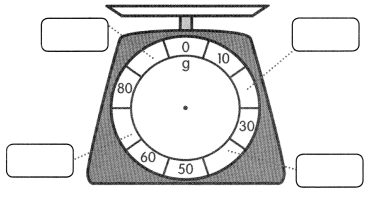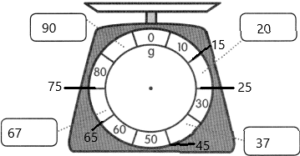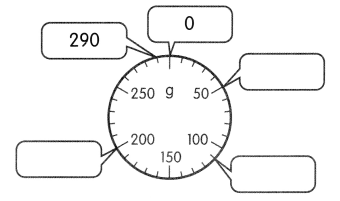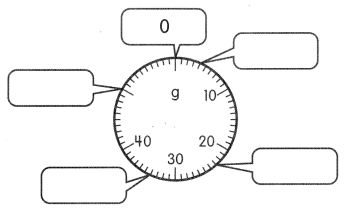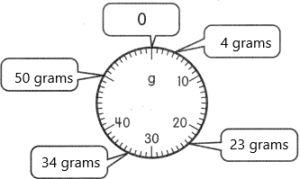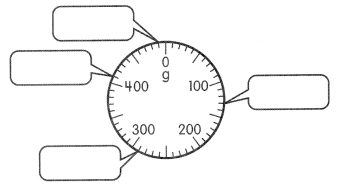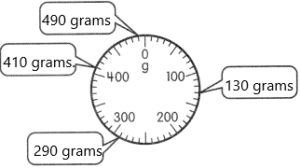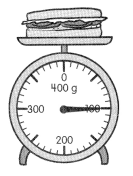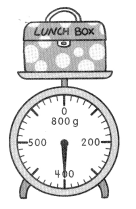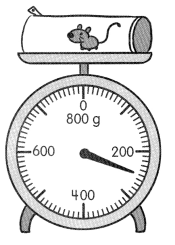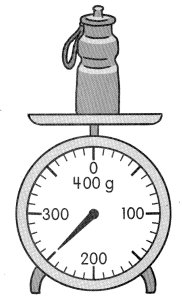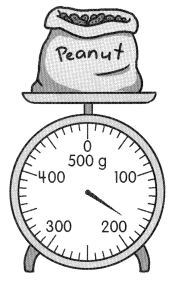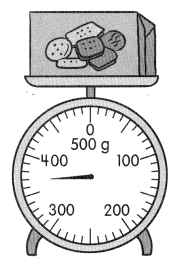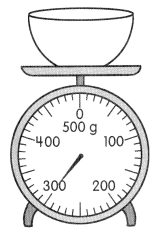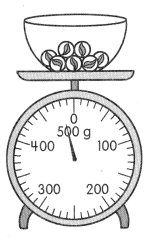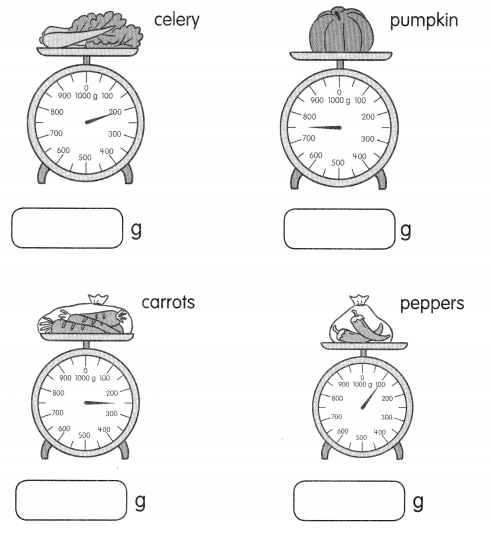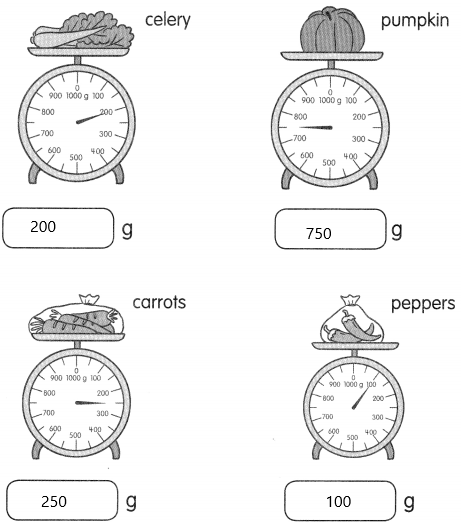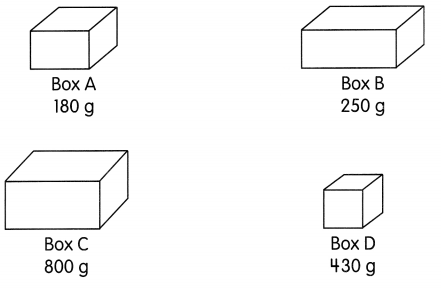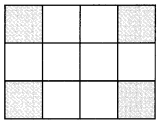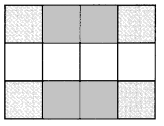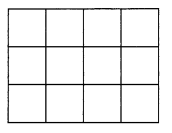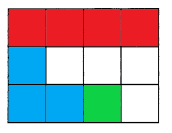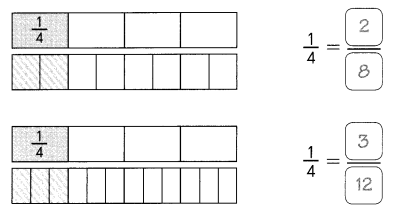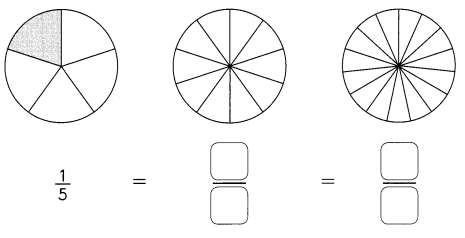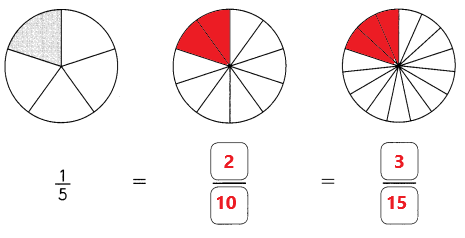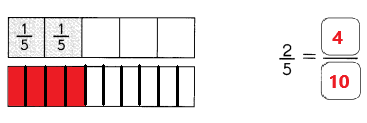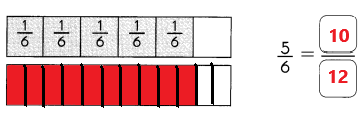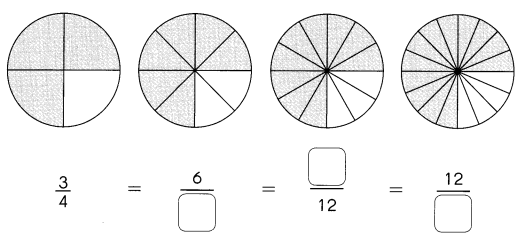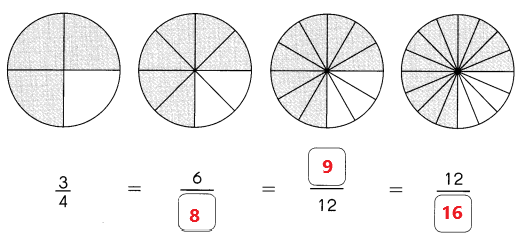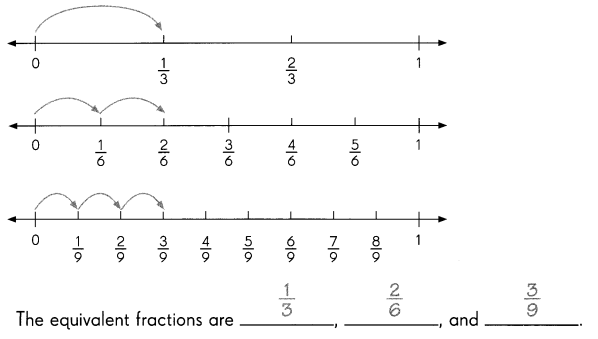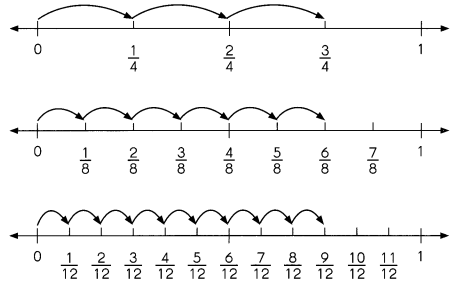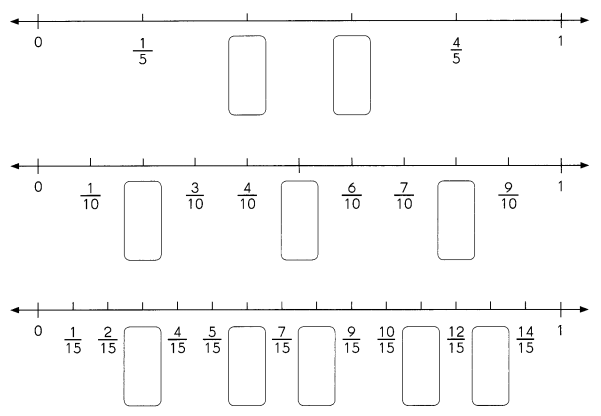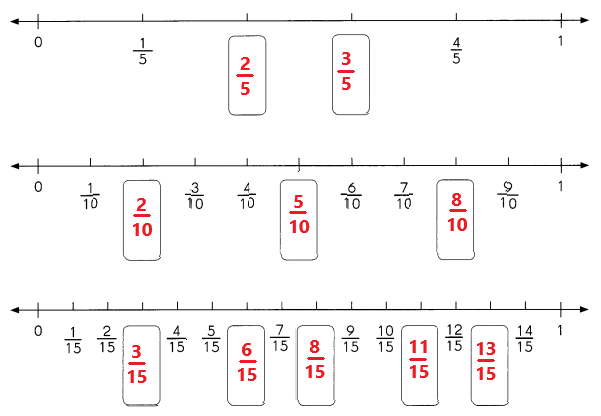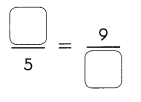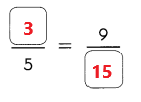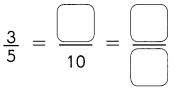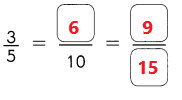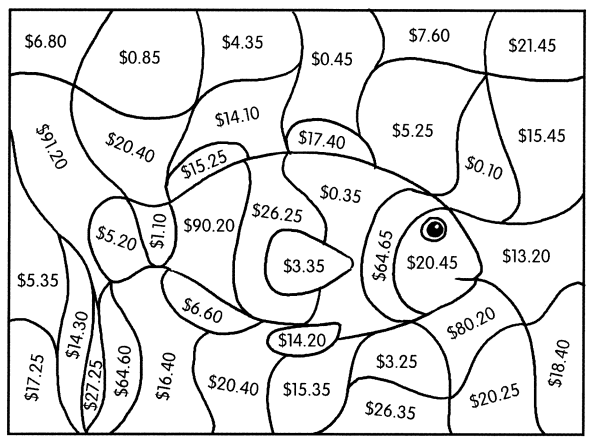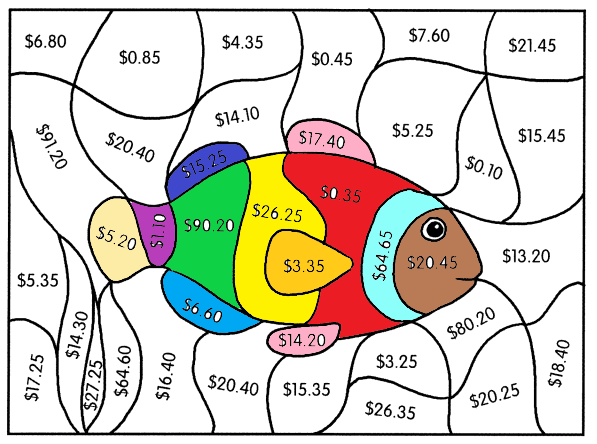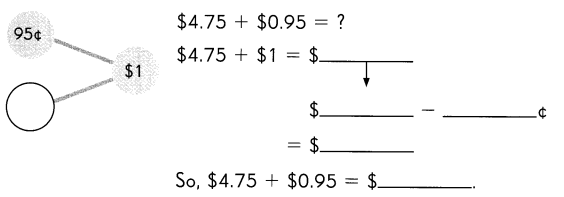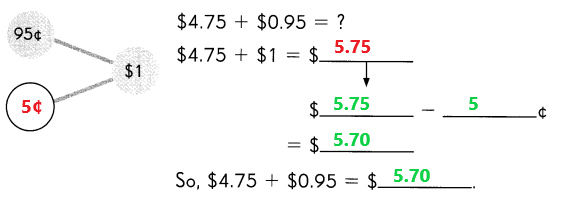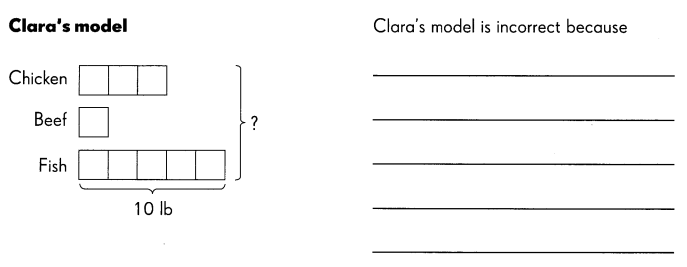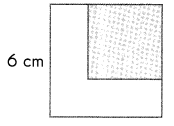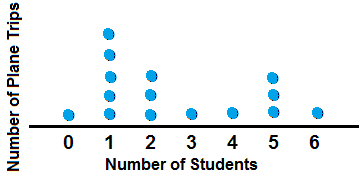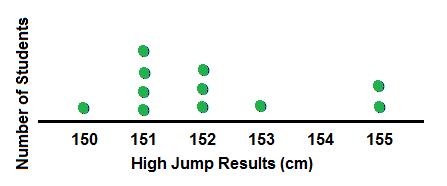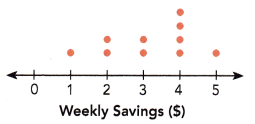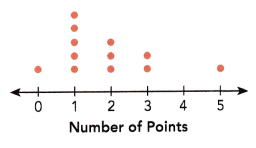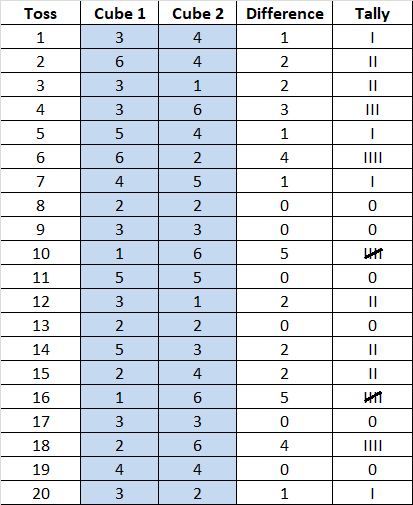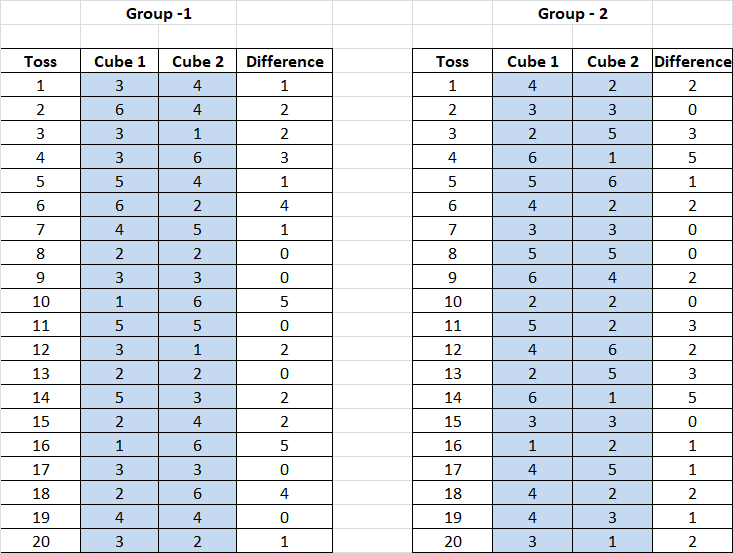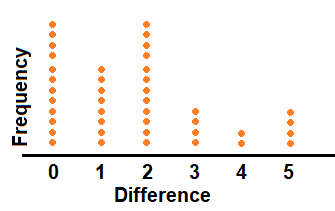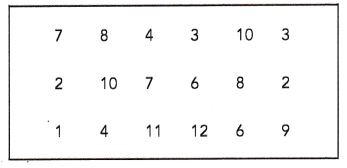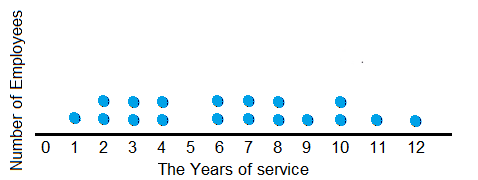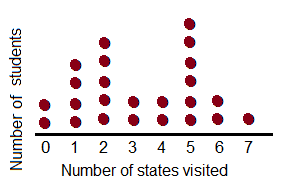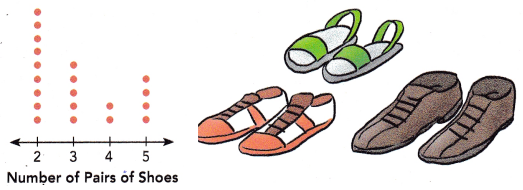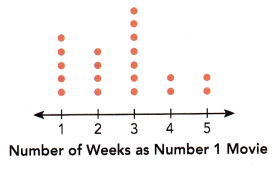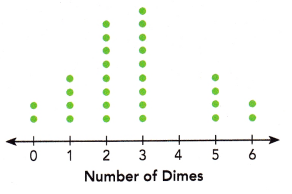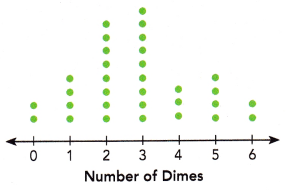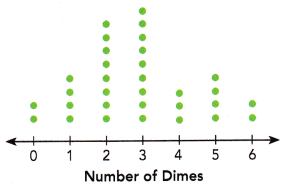Go through the Math in Focus Grade 1 Workbook Answer Key Chapter 16 Numbers to 100 to finish your assignments.
Math in Focus Grade 1 Chapter 16 Answer Key Numbers to 100
Put On Your Thinking Cap!
Challenging Practice.
Read each clue. Cross out the numbers that are incorrect. Fill in the blanks.
Question 1.
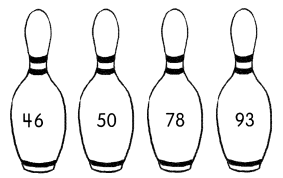
The mystery number is less than 90. It is greater 56.
The mystery number is ___________.
Answer:
The mystery number is 78.
Explanation:
Given that the mystery number is less than 90 and it is greater 56. So the number will be 78.
Question 2.

The mystery number is greater than 50 but less than 70. It is 5 more than 60.
The mystery number is ____________.
Answer:
The mystery number is 65.
Explanation:
Given that the mystery number is greater than 50 but less than 70 and it is 5 more than 60. So the number will be 60+5 which is 65.
Question 3.
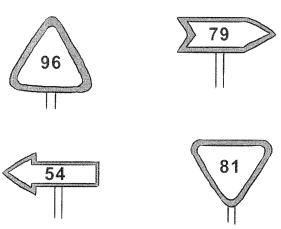
The mystery number is less than 90 but greater than 63. It is 1 less than 80.
The mystery number is ____________.
Answer:
The mystery number is 79.
Explanation:
Given that the mystery number is less than 90 but greater than 63 and it is 1 less than 80 which is 80-1 = 79.
Put on Your Thinking Cap!
Problem Solving
Use the chart to complete the following number patterns. Explain the rule for the number pattern.
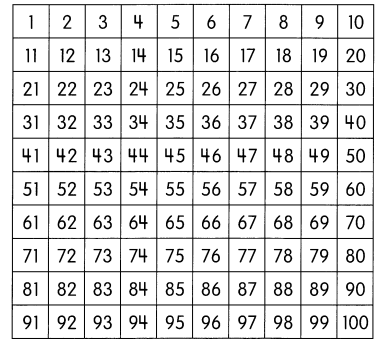
Example

Question 1.
41, 46, 51, 56, __________, __________, __________
Rule: ______________________ ___________
Answer:
41,46,51,56,61,66,71.
Explanation:
The rule is Counting on in steps of 5 from the number before it or Adding 5 to the number before it.
41,46,51,56,61,66,71.
Question 2.
30, 36, 42, 48, __________, __________, __________
Rule: ___________________________ _________
Answer:
30,36,42,48,54,60,66.
Explanation:
The rule is Counting on in steps of 6 from the number before it or Adding 6 to the number before it.
30,36,42,48,54,60,66.
Question 3.
10, 20, 30, 40, __________, __________, __________
Rule: ____________________________ __________
Answer:
10,20,30,40,50,60,70.
Explanation:
The rule is Counting on in steps of 10 from the number before it or Adding 10 to the number before it.
10,20,30,40,50,60,70.
Question 4.
81, 78, 75, 72, , __________, __________, __________
Rule: ____________ ___________________________
Answer:
81,78,75,72,69,66,63.
Explanation:
The rule is Count back 3 from the number or Subtract 3 to the number.
81,78,75,72,69,66,63.
Question 5.
90, 85, 80, 75, __________, __________, __________
Rule: ____________ ___________________________
Answer:
90,85,80,75,70,65,60,55.
Explanation:
The rule is Count back 5 from the number or Subtract 5 to the number.
90,85,80,75,70,65,60,55.
Chapter Review/Test
Vocabulary
Choose the correct word.

Question 1.
You _____________ numbers by finding which number is greater than or less than the other.
Answer:
You compare numbers by finding which number is greater than or less than the other.
Question 2.
When you do not need an exact number, you can _____________.
Answer:
When you do not need an exact number, you can estimate.
Question 3.
A ____________ is used to compare numbers.
Answer:
A number line is used to compare numbers.
Concepts and Skills
Fill in the blanks.
Question 4.
Write ninety-eight as a number. ____________
Answer:
99.
Explanation:
Ninety-eight as a number is 99.
Question 5.
Write 74 in word form. ____________
Answer:
Seventy-four.
Explanation:
The number 74 in words is Seventy-four.
Question 6.
80 and 7 make ____________.
Answer:
87.
Explanation:
80 and 7 make 87.
Question 7.
64 = __________ tens _________ ones
Answer:
64 = 6 tens 4 ones.
Explanation:
The number 64 has 6 tens and 4 ones.
Question 8.
____________ is 6 more than 54.
Answer:
60 is 6 more than 54.
Explanation:
Given that 6 more than 54 which is 54+6 = 60.
Compare.
Question 9.
Circle the greatest number.
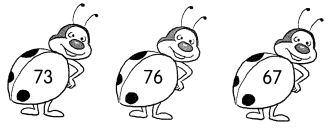
Answer:
76.
Explanation:
The greatest number is 76.
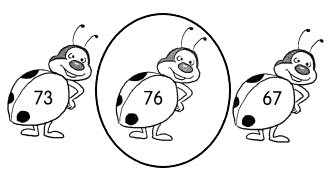
Question 10.
Circle the least number.

Answer:
69.
Explanation:
The least number is 69.

Estimate then count.
Question 11.
Estimate the number of bowling pins. Then count the exact number.
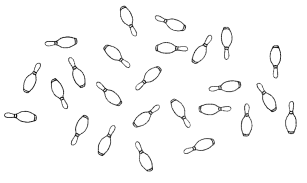
Estimate: _____________
Count: ____________
Answer:
Estimate: 30
Count: 25.
Explanation:
In the above image, estimated bowling pins are 30 and the actual count is 25.

